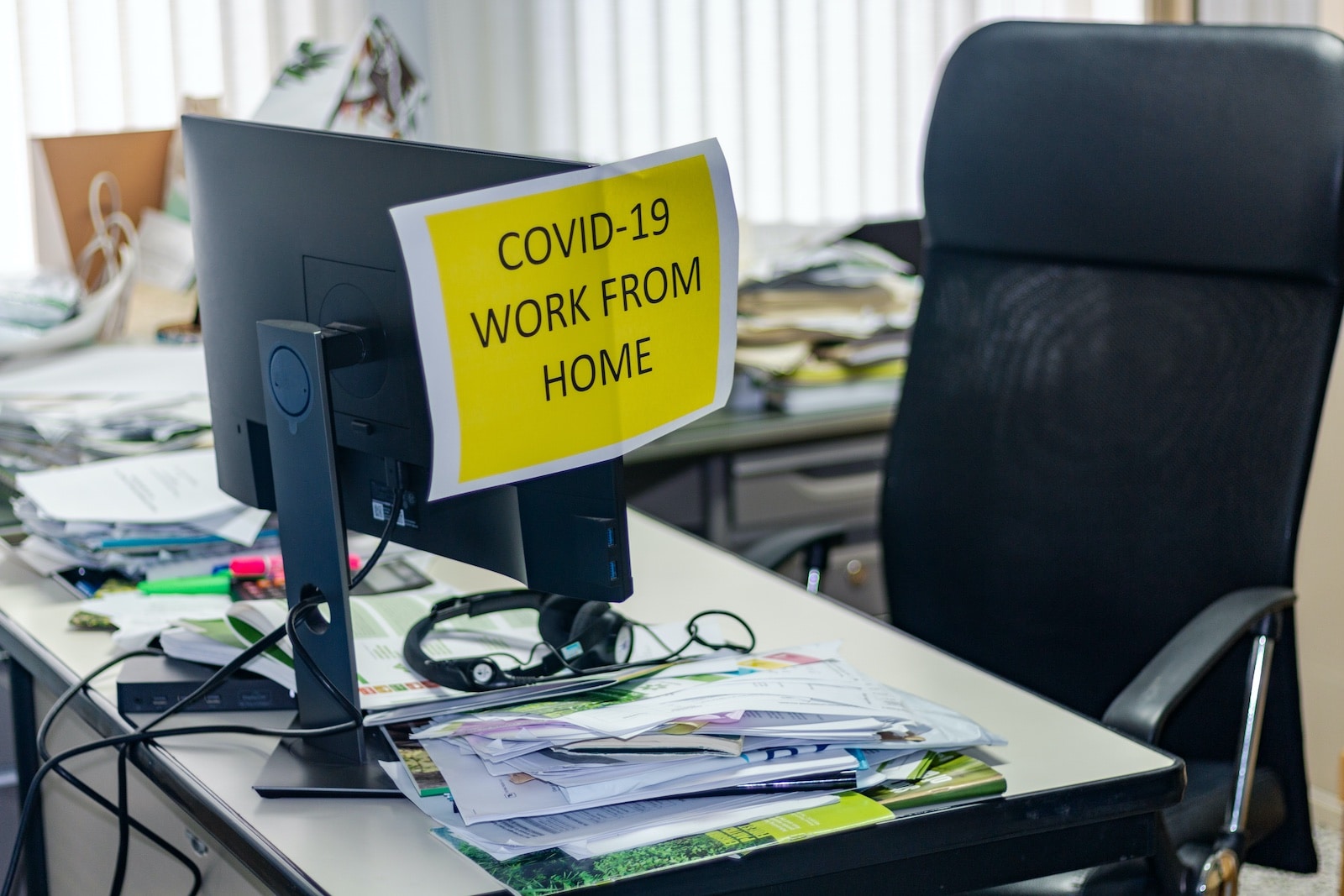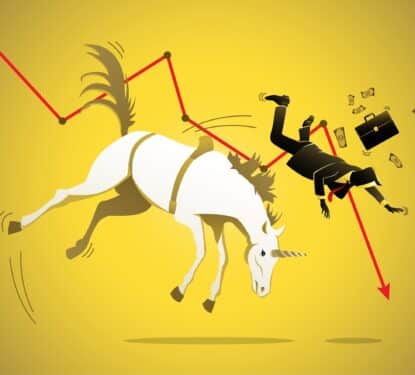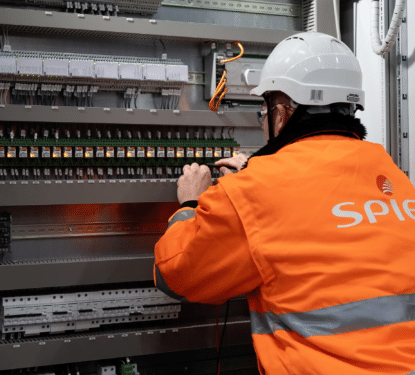“We are facing a global health crisis unlike any in the 75-year history of the United Nations — one that is spreading human suffering, infecting the global economy and upending people’s lives,” stated UN Secretary General António Guterres. “We must ensure that lessons are learned and that this crisis provides a watershed moment for health emergency preparedness and for investment in critical 21st century public services and the effective delivery of global public goods. We have a framework for action – the 2030 Agenda for Sustainable Development and the Paris Agreement on Climate Change. We must keep our promises for people and planet.”
The COVID-19 crisis has brought the world to a physical standstill, significantly reducing flights, commutes, and industrial activity in most parts of the world, with global emissions expected to fall from 4-8% in 2020, according to Carbon Brief. However, Buildings consume 40% of total energy generated and also account for 39% of global carbon emissions, making them a vital part of any effective environmental action. While the pandemic has reduced overall emissions, buildings are not a big part of that reduction, and as we examine the official guidance for a return to the office we find a worsening environmental situation for post-COVID buildings.
“Modify or adjust seats, furniture, and workstations to maintain social distancing of 6 feet between employees, where possible,” the CDC’s COVID-19 guidance states, thereby reducing maximum occupancy by around 50% in many cases. “Use methods to physically separate employees in all areas of the building, including work areas and other areas such as meeting rooms, break rooms, parking lots, entrance and exit areas, and locker rooms,” the CDC continues, opposing the open-plan layout and actively reducing direct collaboration.
Governments across the world are putting out similar social distancing guidance for employers looking to bring their employees back to the office, they offer safe distances that essentially mean around 50% occupancy. However, a socially distanced 50% occupancy does not mean 50% less energy consumption, as half the number of employees are spread over the same space. For businesses that means almost double the energy consumption per person, reconfiguring their costs scenarios and their office selection, with broad impacts for building owners who have designed and built based on a pre-COVID cost landscape. These trends will be compounded by the global economic downturn.
This is bad news for the environment. While 50% of the workforce use almost 100% of the building’s typical energy consumption, the other 50% of the workforce are consuming energy in another office or at home. In their 1996 book ‘Our Ecological Footprint’ urban planners Mathis Wackernagel and William Rees emphasize that sustainability depends on the rate of consumption, not consumption alone. “For example, it might be sustainable to operate a gas-guzzling Rolls Royce if it were shared among 20 friends, and maintained for a long time,” they state. “On the other hand, it might be unsustainable for everybody to own an electric car.”
By this logic, dumb buildings with a continuously high human occupancy represent a more environmentally responsible use of resources than half-full smart buildings, even if the latter are more energy efficient. Of course, a half-full smart building is better for the environment than a half-full dumb building, not only through more efficient technology but through greater ability to adapt to the crisis. As we consider the potential for long-term social distancing, we quickly come to the conclusion that occupancy levels matter to the environment and whatever way you look at it, the current occupancy guidance is not sustainable, and neither are empty buildings.

In the UK, energy performance consultants Carbon Intelligence revealed that energy use across a sample of 300 office, hotels, and retail buildings dropped on average by just 16% in the last week of March, when the government mandated that people socially distance, avoid travel, and work from home. Despite the UK’s strict social distancing measures preventing all non-essential staff from entering these buildings, the worst 10% of buildings still used approximately 97% of their typical energy demand.
“While there are many examples of wasted energy from unprepared building owners and operators failing to grasp the situation and take measures to reduce the cost and environmental impact of their facilities — the reality is that you can’t just turn off a building, they just weren’t designed that way. Emergency lighting and security are essentially “always-on” technologies, while other systems need significant care and maintenance in order to be shut-off for any significant length of time,” we wrote in an August article that proposes a stand-by mode for buildings.
The pandemic has disrupted the world and has made public health the number one priority in order to return to some kind of pre-COVID normality. However, the pre-COVID world was a dirty, wasteful, and unhealthy vessel speeding towards climate catastrophe, why would we want to return to that? Instead, we must look at the crisis as an opportunity to change, for the good of public health but also for the environment that global health depends upon. In May over 350 organizations representing over 40 million health professionals from 90 different countries, wrote an open letter to the G20 leaders calling for a #HealthyRecovery.
“Dear G20 Leaders… A truly healthy recovery will not allow pollution to continue to cloud the air we breathe and the water we drink. It will not permit unabated climate change and deforestation, potentially unleashing new health threats upon vulnerable populations,” the letter reads. “The enormous investments your governments will make over the coming months in key sectors like health care, transport, energy, and agriculture must have health protection and promotion embedded at their core. What the world needs now is a #HealthyRecovery. Your stimulus plans must be a prescription for just that.”



